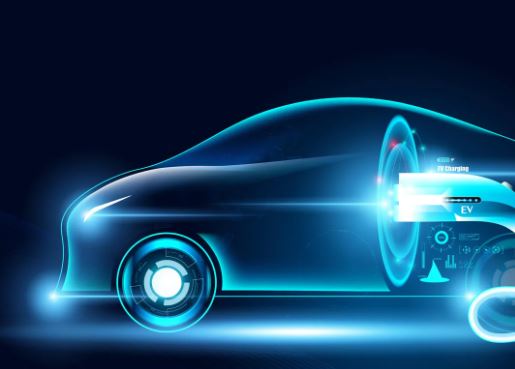The acceptance and sales of EVs are growing quicker every day in India, which is still in the early phases of the EV revolution. EVs are the mobility of the future and are no longer just a choice for early adopters. One of the markets for vehicles that is expanding the quickest is EVs. Governmental initiatives to promote the sale of EVs are likely to include various incentives and programs, thus the current robust growth rate is anticipated to last. The technologies fueling the revolution in electric vehicles are becoming more precise, emphasizing lowering costs, boosting manufacturing effectiveness, and maintaining performance gains. To meet drivers’ demands for speed, torque, range, and dependability, priorities include reducing charging times and enhancing battery and motor capacities.
Electric cars (EVs) have emerged as a beacon of hope for the entire world. Electric vehicles, which promise to eliminate the need for traditional fossil fuel vehicles, are anticipated to reduce pollution and eventually contribute to the globe achieving zero emissions within the next 40 years. However, if that is to happen, a lot of diversity and innovation in the field of electric mobility must be introduced. According to the statistics, sales of electric vehicles have increased 333% in India year over year at a time when the country is emerging from a devasting pandemic. This demonstrates the public’s interest in and willingness to accept electric vehicles, provided that the new mode of transportation meets the needs of the people.
If India wants to realize its true potential of becoming a $200 billion-plus EV market by 2030 and emerge as a global exporter of clean transportation solutions, a number of critical areas need to be studied.
A greater number of EVs are being adopted, which encourages the construction of high-current charging infrastructure and high-voltage Due to faster and safer charging, drivers will spend less time waiting at charging stations. Making ensuring that EVs can effectively handle the difficulties of ultrafast charging is a challenge for EV designers. Every component, including the charging inlet, connectors, battery, wiring, and contractors, must be made to withstand the higher temperatures brought on by high-voltage and quick charging.
The difficulty of charging these cars is actually one of the key reasons why they are not yet a common means of transportation. Because ICE vehicles are plug-and-play, all you have to do is fill up the tank and start traveling for miles. When the fuel runs out, you immediately head to the nearest gas station to refill the tank. On the other hand, electric vehicles must be charged for hours, and once they are finished, they are essentially useless for the rest of the day because it will take a long time to recharge them. Electric car producers must devise simple methods for charging the vehicles in order for them to be effective and well-liked.
It is necessary to develop and innovate quick chargers that can cycle lengthy hours into roughly the same amount of time as food and grocery delivery apps. One strategy is to encourage battery change. But for something to be widely adopted, there must also be a framework for policy, great clarity, and standardization of technology.
The other major issue is battery chemistry. Electric vehicles have recently caught fire, and the batteries depleted quite quickly. The advancement of battery technology has lagged behind that of EV technology. Manufacturers of batteries are still trying to fully adopt lithium-ion technology.
On the other hand, there is a growing market for technology that is better, more adaptable, safer, and more suited, such as graphite, aluminum-solid fuel cells, and others.
Electric vehicles are now recognized as the most cutting-edge technology available for transportation, not only as clean-tech vehicles. In the western part of the world, driverless cars are already a reality thanks to integrated AI, digital components, and IoT; future megamarkets like India must catch up with the automation trends. By removing driver fatigue and the risks it presents, driverless cars can improve long-distance travel while also enabling mobility for people with physical limitations.
The national and state government programs that offered incentives to EV producers from PLIs, battery manufacturers, and customers helped to accelerate the adoption of electric vehicles. While the Indian EV industry is dealing with its own set of challenges, including a lackluster infrastructure for charging, escalating expenses, and Electric Vehicles that are more expensive than their counterparts powered by fossil fuels. Despite these obstacles, the use of electric vehicles has been steadily increasing, with more than 4 lakhs of EVs sold in the most recent year.
Electric vehicle advancements in the upcoming ten years will be numerous and will propel the Indian EV market to new heights. Manufacturing companies are directing their efforts away from traditional fossil fuel cars and toward electrifying their vehicles. The Indian EV business will undoubtedly grow to a much greater level over the coming few years, despite the fact that it is still in its early phases.








